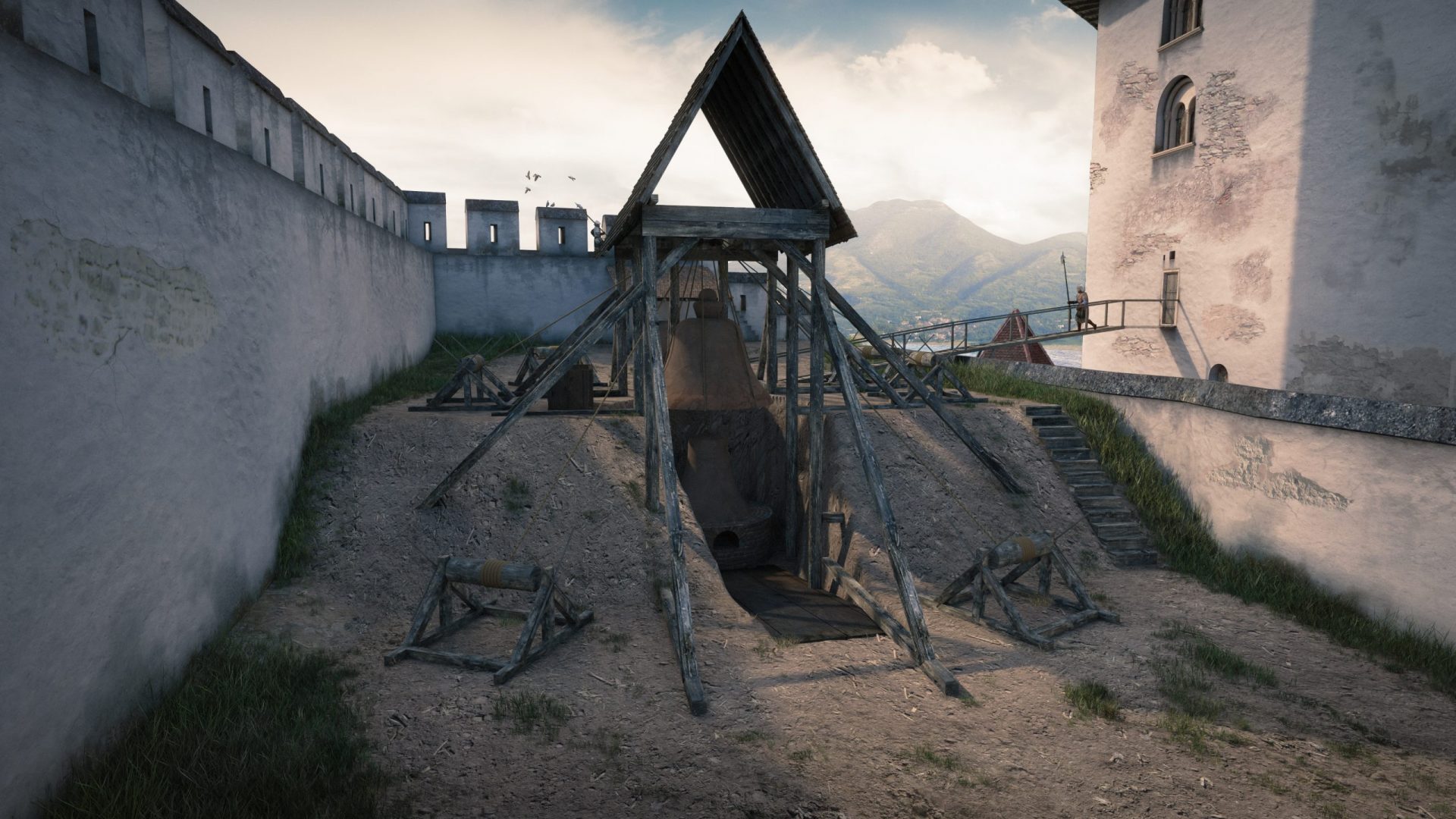
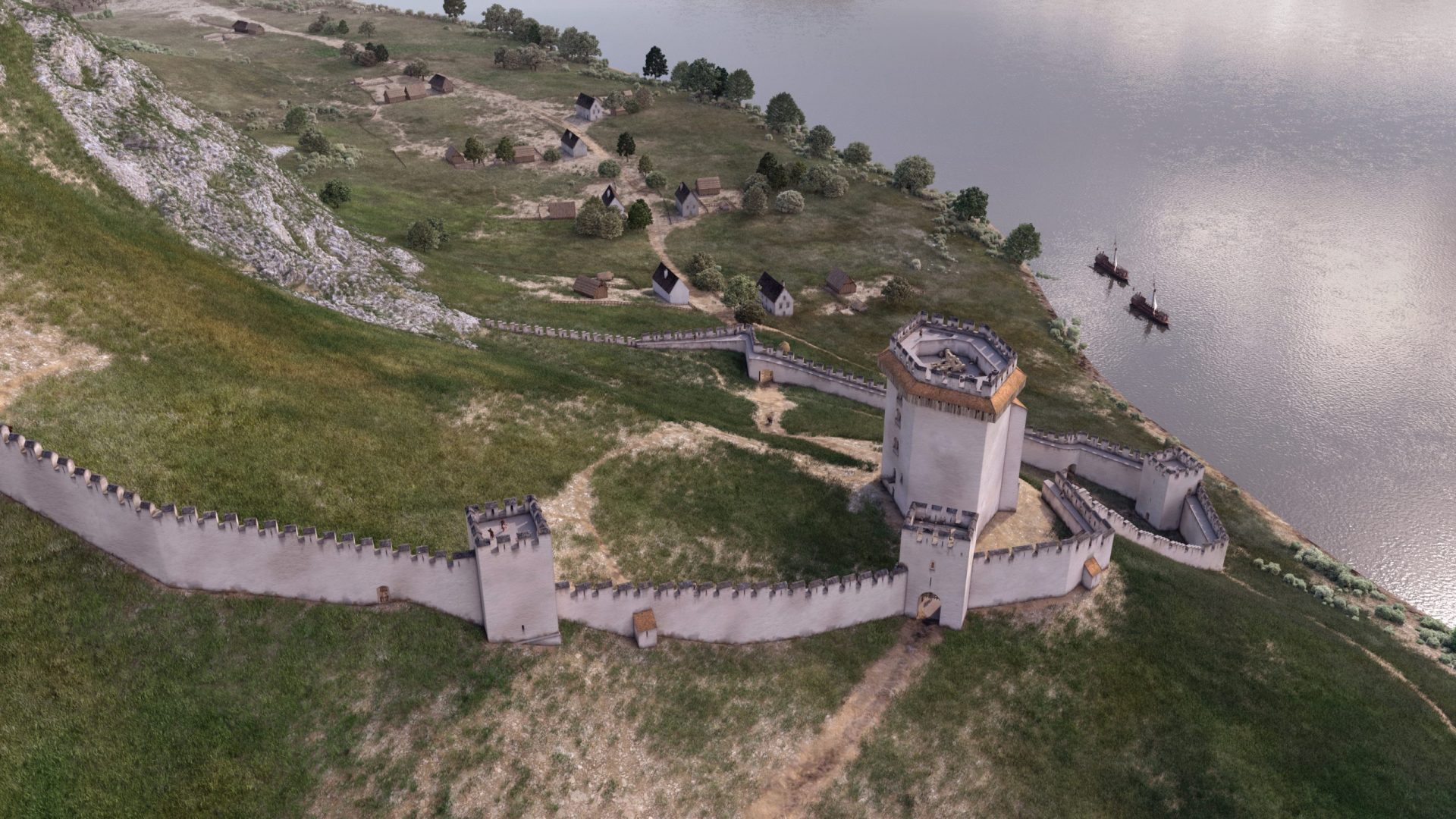
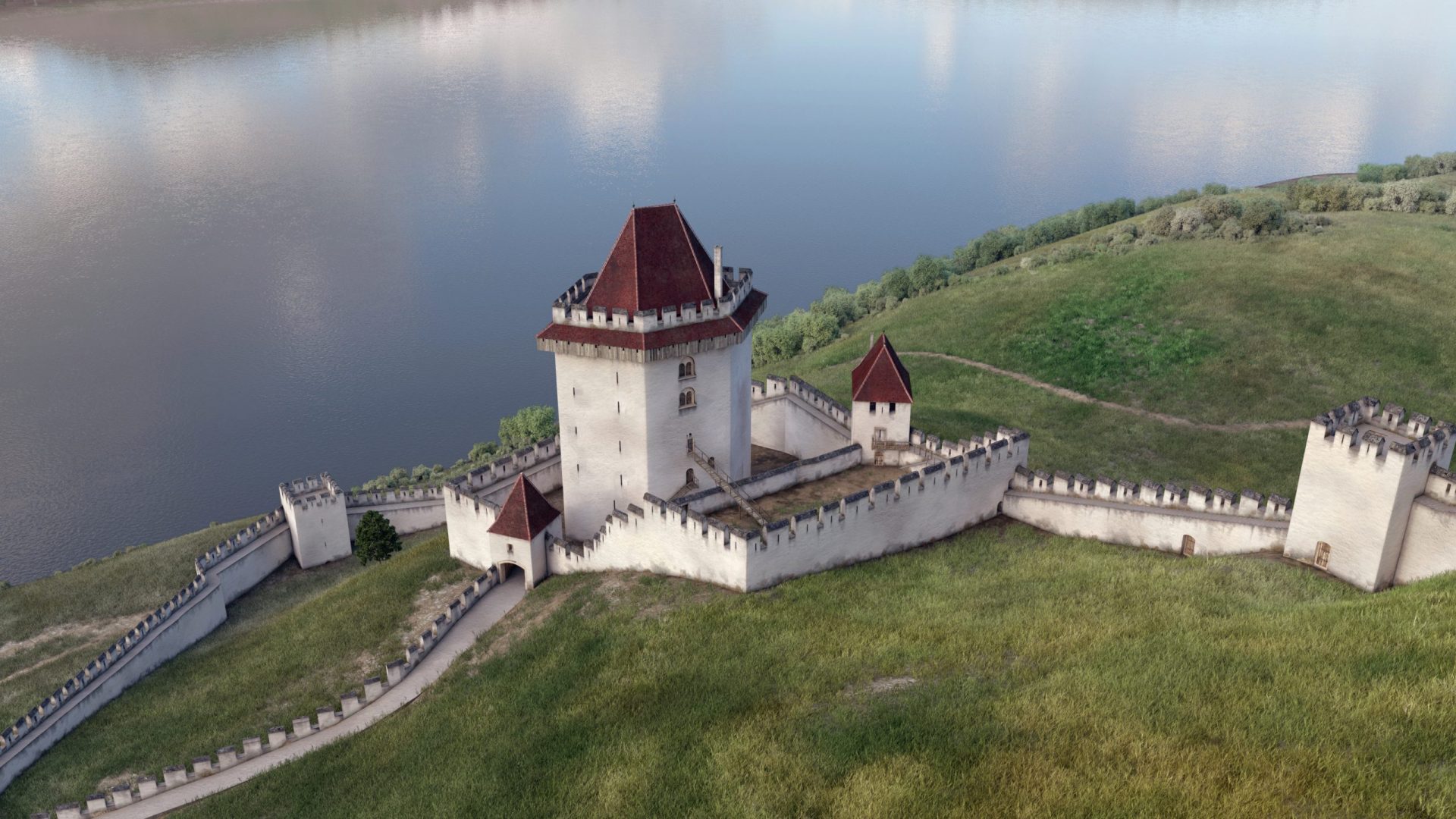
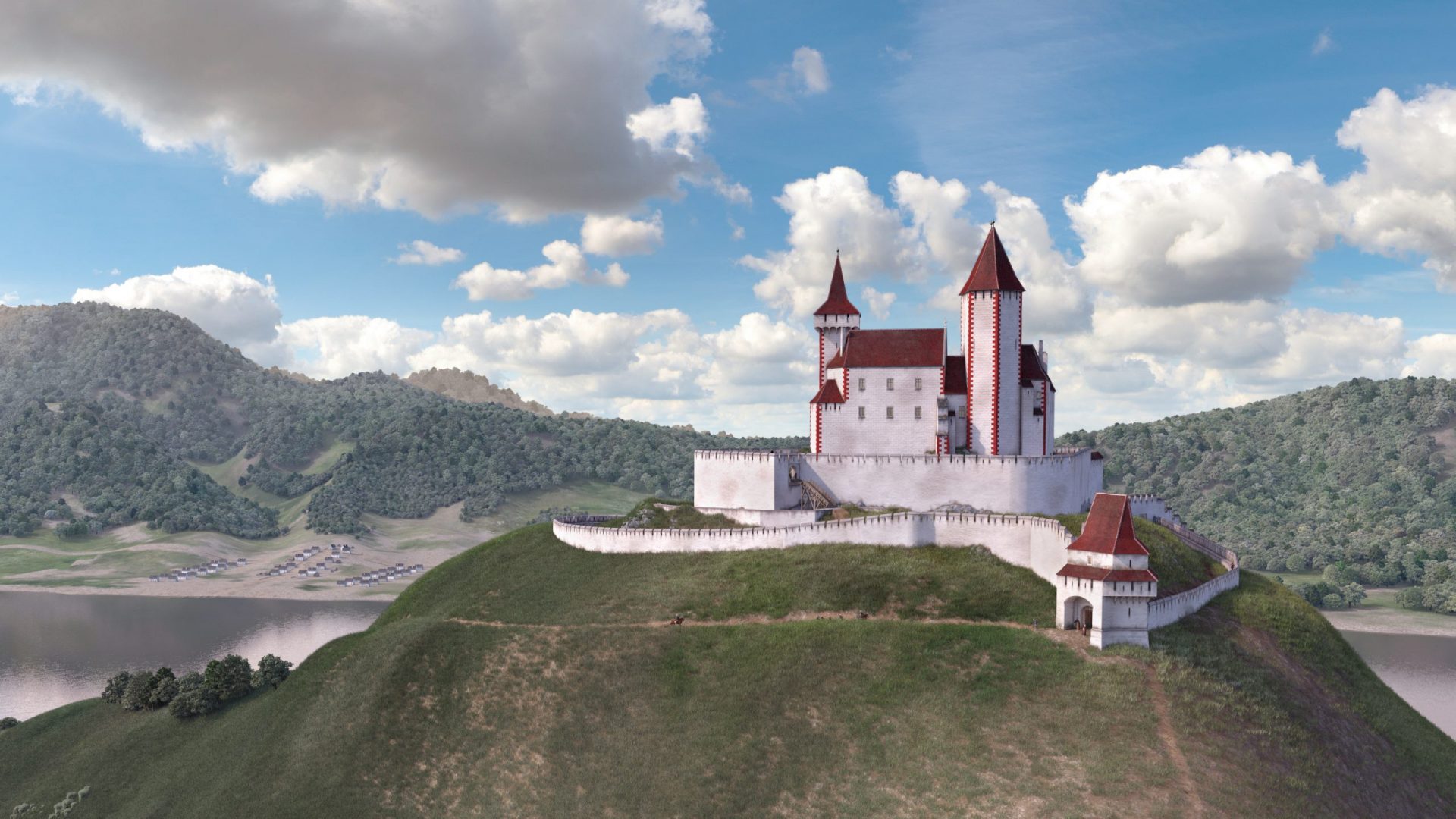
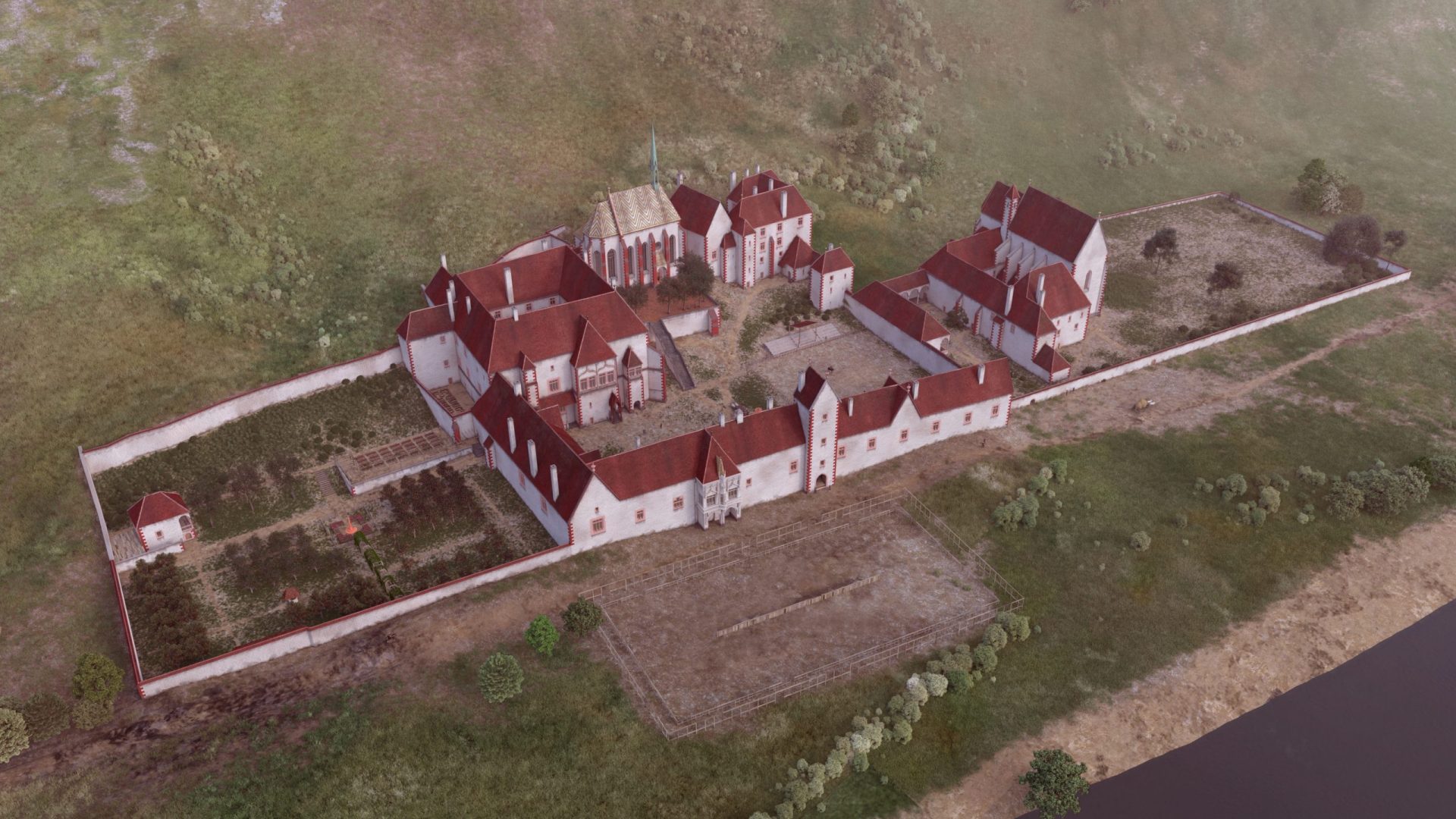
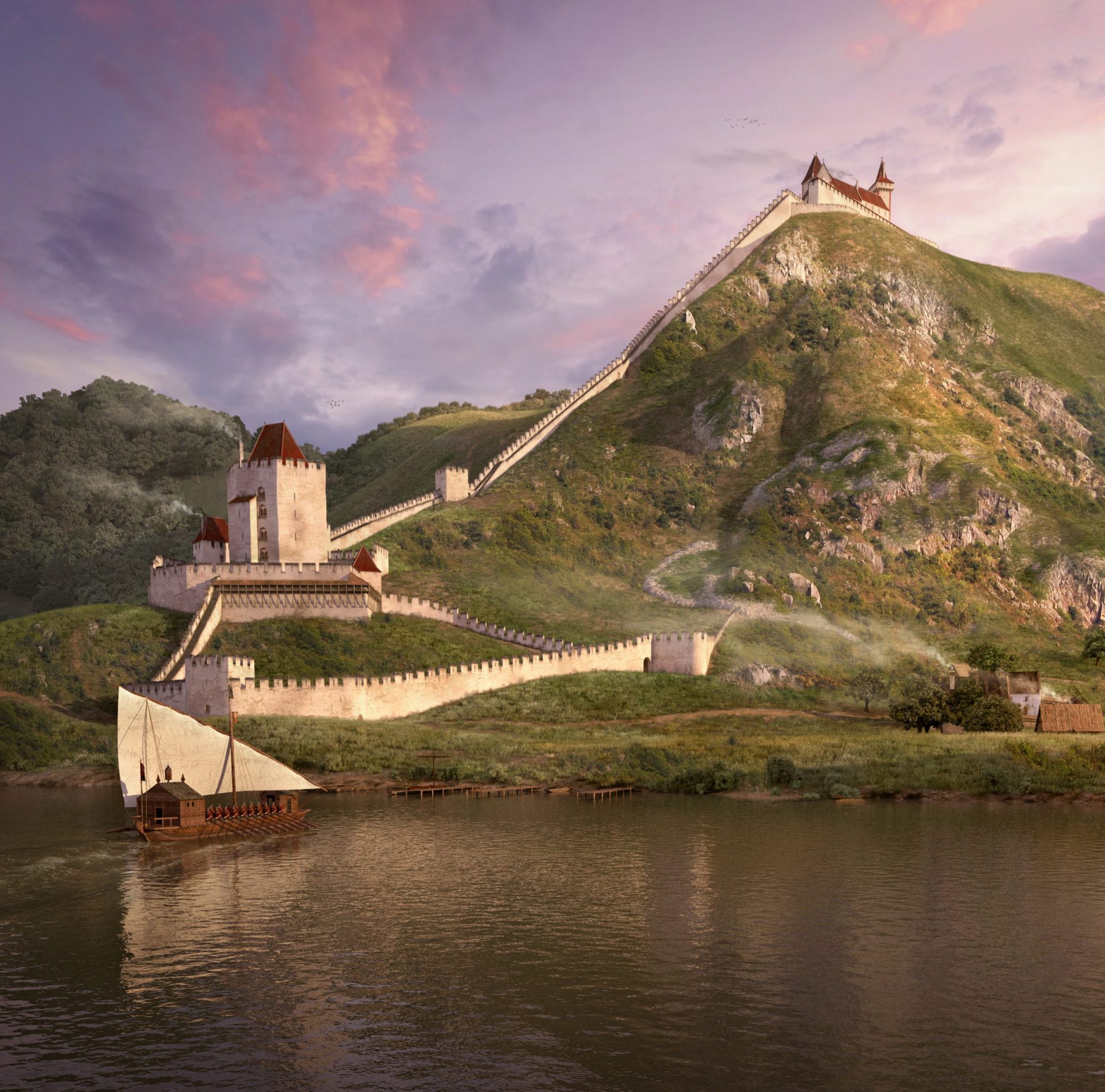

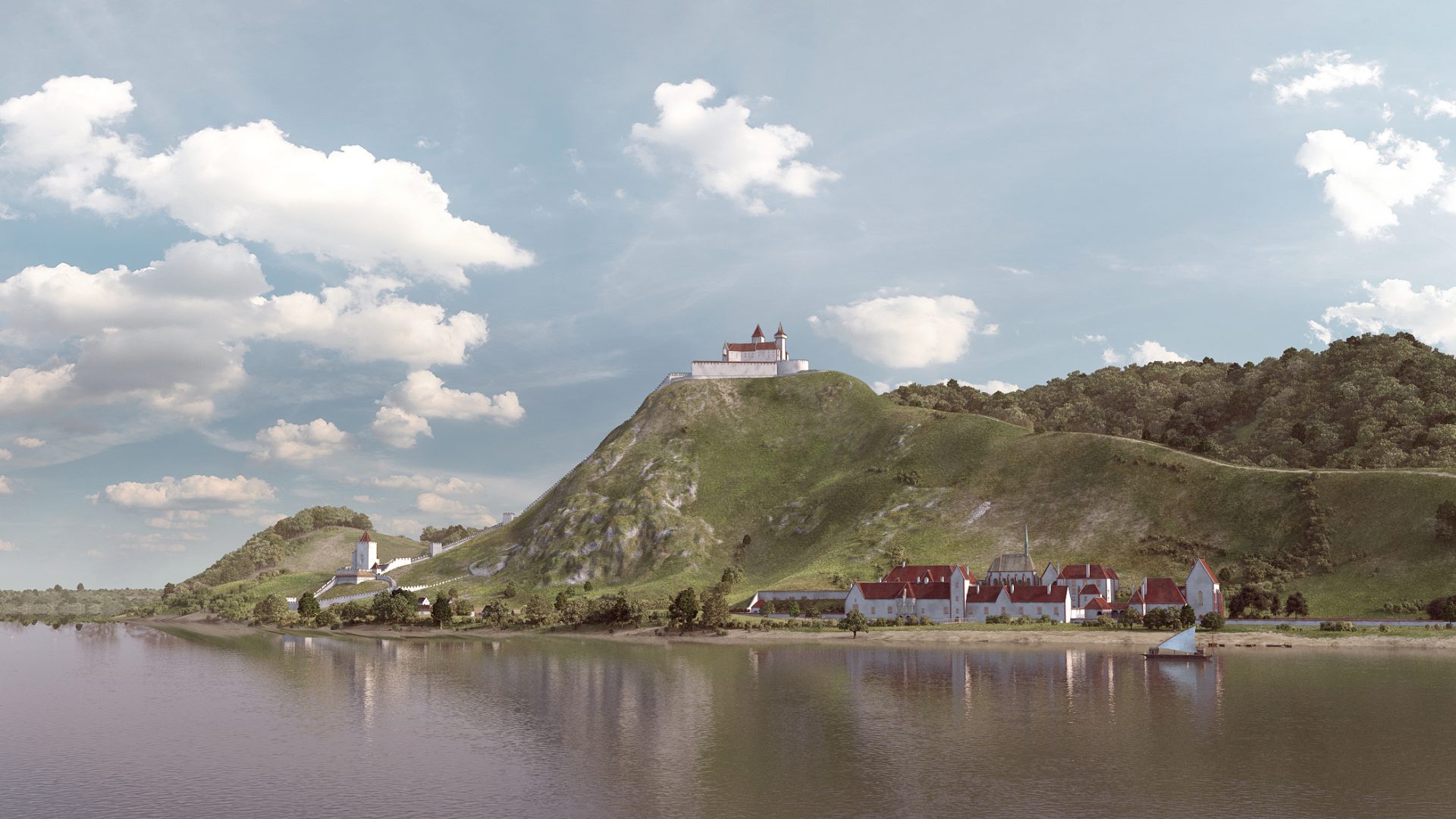
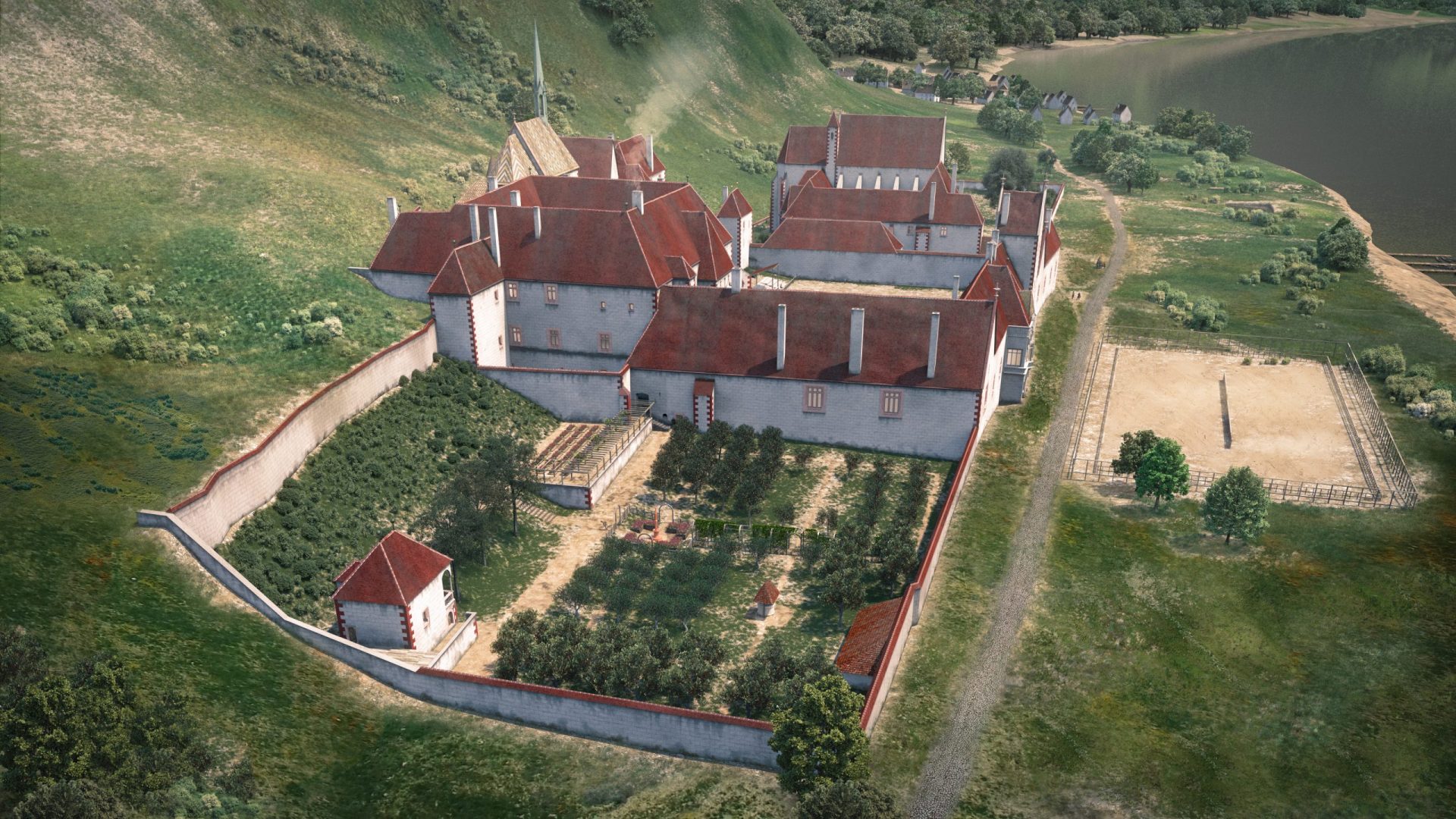
Visegrád royal castle
The citadel of Visegrád (meaning high fortress in slavic) was built by King Béla IV and his wife Queen Maria in the 1250s. The fortress consists of the Citadel on the top of a 328 meter high hill, the Lower Castle situated on the hill underneath the Fortress hill, and the Water Bastion located on the Danube embankment. The town became internationally important in the 15th century, during the reign of the Anjou Dynasty. King Charles Robert started the construction of the Royal Palace on the main street of the town close to the Danube bank around 1320. Within couple of years, this centre became the royal headquarters and the favourite residing place of the King. The next days of glory for the town came under the reign of King Matthias. The King started colossal constructions and renovation activities. He created the Palace complex enriched with late Gothic details, which can be viewed in the museum. This prosperous period lasted until the Turkish times, when similarly to other parts of the country, immense regression and destruction started. During the fights for the fortress and for the town Visegrád was almost entirely devastated. The survivors went into hiding and left the uninhabitable town. The remnants of the fortress were blown up under the command of Leopold I, Austrian Emperor in 1702. Our reconstruction models show several periods of the castle, these can be seen in animated movies both in Visegrád and in the Ópusztaszer exhibition.

